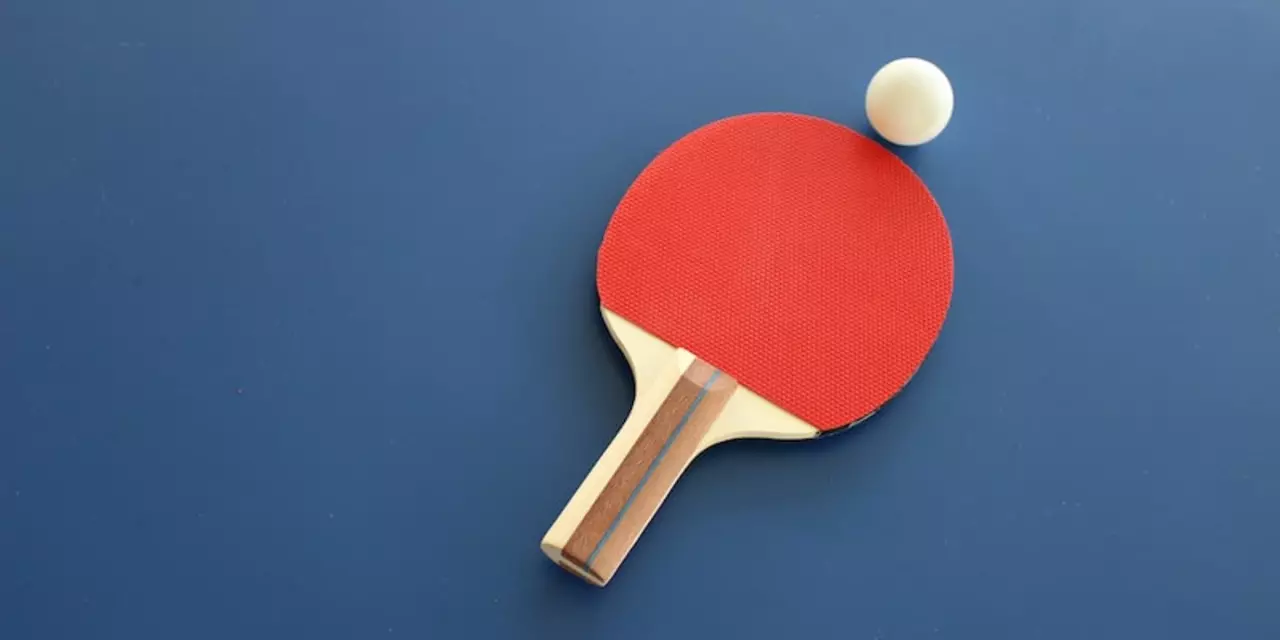Tennis players wear wristbands for a variety of reasons, but the primary purpose is to absorb sweat and help maintain a secure grip on the tennis racquet. Sweat on the surface of the racquet can reduce friction between the player's hand and the racquet, causing the racquet to slip in the player's hand. Wristbands made from absorbent material help to keep the player's hand dry and improve their grip on the racquet.
The wristbands also help reduce the amount of sweat that runs down the player's arm. This prevents sweat from running into the player's eyes and improves visibility. Additionally, wristbands can provide insulation from the sun, helping to keep the player's arm cool during hot weather.
Finally, wristbands can also help to boost the player's confidence and sense of style. Wristbands come in a variety of colors and styles, allowing players to express themselves and stand out on the court.
For tennis players, wristbands are an essential part of the game. They provide protection and support, but also can help to improve a player’s performance. Wristbands not only protect the delicate wrist joint from strain and injury, but also help to absorb sweat and keep the hands dry. This allows the player to maintain better control of the racquet and reduce the chances of slipping during their swing. Wristbands also help to keep the wrists warm and flexible, which can help to reduce stiffness and increase power. Additionally, wristbands can provide a psychological boost. Many players feel that wearing wristbands gives them a sense of confidence and can help to focus their concentration.
Whether you’re an amateur or professional tennis player, wristbands can be a great way to improve your performance. Not only do they provide protection, but they can also help to keep your hands dry and improve your power and control. Wristbands are also a great way to give yourself a psychological edge and stay focused on the court.
The use of wristbands in tennis dates all the way back to the late 19th century. While the exact origin of the practice is unknown, it's believed that the wristbands were first used to help players keep their grips on the racket. Over time, the wristbands evolved and became popular for their ability to help players maintain their grip, reduce sweat, and even provide a bit of extra motivation on the court.
At the start of the 20th century, the wristband advanced to a style of a thin elastic band, often made from cotton. This new style was designed to fit snugly around the wrist and provide a more secure grip. Players often wore the wristbands in bright colors, giving them a bit of extra personality on the court. This style of wristband is still used today by many tennis players.
Tennis wristbands have also become a fashion statement in recent years. Many players wear them as style accessories and are available in a wide variety of colors and designs. The wristbands can also be used to support charities and organizations, with many players proudly wearing wristbands with the logos or messages of their favorite causes.
In conclusion, wristbands have been a part of the tennis world for a very long time. Not only do they have practical uses, but they have also become a fashion statement for many players. Whether you’re looking for a secure grip, a bit of extra motivation, or a stylish accessory, a wristband can be a great addition to your tennis game.
Tennis players wear wristbands for a variety of reasons, but mainly for protection and comfort. The most commonly used wristbands are sweatbands and compression bands. Sweatbands are designed to absorb sweat from the wrist and keep it from running down the player’s arm. Compression bands provide support to the wrist and help prevent injuries.
Some players prefer to wear wristbands to look cool or to make a statement, but most of the time, they are used for practical reasons. Some players even choose to wear multiple wristbands, such as one on each wrist, to make sure they are fully protected.
In addition to sweatbands and compression bands, there are also wrist guards. These are designed to provide additional protection to the wrist and forearm. They are often made of neoprene or other synthetic materials, and they are designed to be worn while playing.
Finally, some players choose to wear wristbands with wrist straps. These straps wrap around the wrist and provide additional support and prevent the wristband from slipping off during play.
Overall, wristbands are an important part of any tennis player’s equipment. They provide protection, comfort, and style, and they are essential for any player looking to take their game to the next level.
The impact of wristbands on tennis performance is often overlooked, but they can actually be quite beneficial. Wristbands are worn by tennis players to help them keep their grip on their racket handle and improve their overall performance. They also help to absorb sweat, which can reduce the risk of slipping during the game. Wristbands can also help to provide a bit of extra cushioning and support to the wrist, which can help reduce the risk of injury.
Wristbands can also help to provide a mental boost. They can be a reminder of a goal or specific technique that a player is trying to work on. They can also be used as a visual cue to help players stay focused during a match. Finally, wristbands can be a way to express a player’s personality on the court and show support for their team.
Overall, wristbands can be a useful tool for tennis players. They can help to improve performance, reduce the risk of injury, and provide a mental boost. If you’re looking for an easy way to up your game, consider investing in a pair of wristbands!

